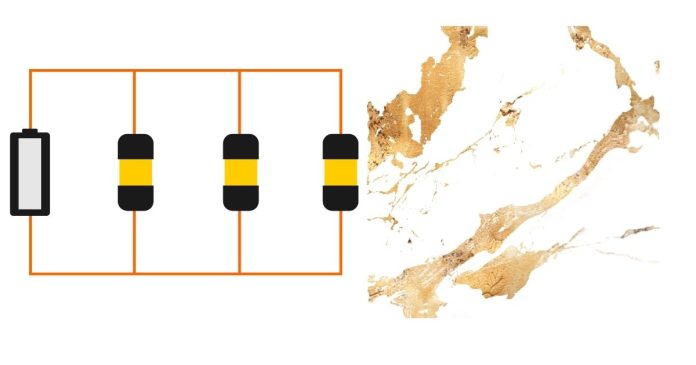In the context of data structures or algorithms, “standard set” and “parallel set” aren’t widely recognized as formal terms. However, these could refer to different ways of handling sets in general or related fields. I’ll explain a few interpretations based on typical usage:
1. Standard Set:
A standard set typically refers to a basic, unordered collection of unique elements. This is a core concept in mathematics and computer science. In data structures, it could mean:
- A set data structure (like in Python’s
set, or in C++’sstd::set) that allows the storage of unique elements. - The standard set could also imply basic operations like union, intersection, and difference without any special constraints or optimizations applied.
2. Parallel Set:
“Parallel set” isn’t a widely established term in computer science, but in some contexts, it could refer to sets processed or manipulated in parallel. For example:
- In parallel computing, a “parallel set” might refer to a set of operations being performed concurrently, like applying operations on each element of a set in parallel.
- In parallel algorithms, tasks are split into smaller sub-tasks that can be executed simultaneously, and each of those sub-tasks could be working with a set.
- It could also refer to parallel sets in distributed computing where different parts of the set are processed on different nodes in parallel.


